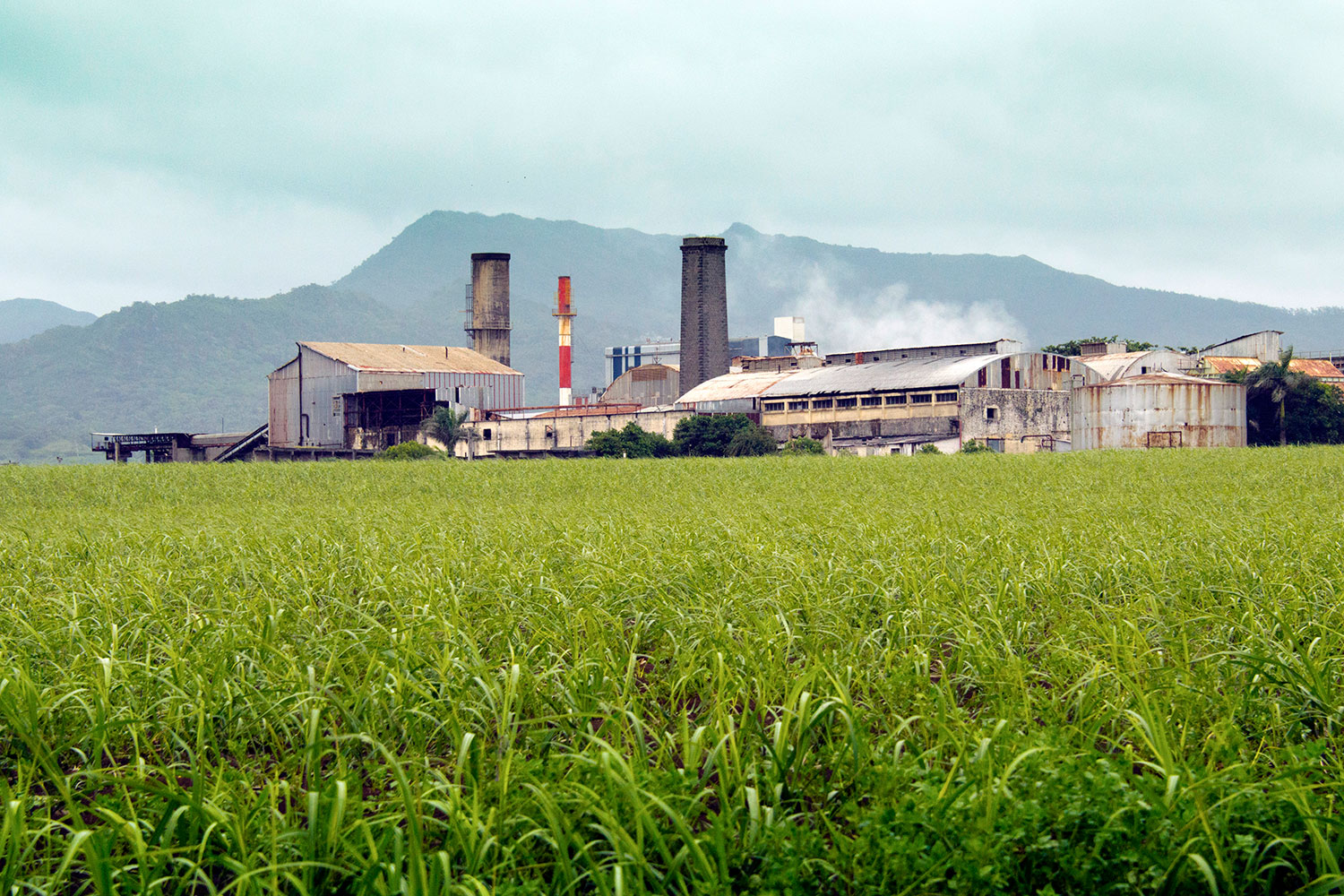Economical Cane Sugar Processing Chemicals: Increase Effectiveness
Wiki Article
Maximizar Rendimientos Y Minimizar Costos: Estrategias Avanzadas Para La Optimización Química Del Procesamiento De Azúcar De Caña
In the world of walking stick sugar handling, the pursuit of making best use of yields while simultaneously minimizing expenses stands as an awesome challenge that calls for a strategic blend of innovative chemical optimization techniques. The complexities of this undertaking delve into the core of performance, where every component of the process plays a vital duty in achieving ideal end results. By exploring the complexities of chemical analysis, enzyme use, pH control, purification, and distillation techniques, a landscape rich with possibilities for improvement and innovation emerges. Amidst this complex internet of approaches exists the promise of unlocking untapped potential and reinventing the extremely significance of sugar manufacturing. Cane Sugar Processing Chemicals.Chemical Evaluation for Effectiveness
Chemical analysis plays a pivotal role in improving the efficiency of sugar cane processing by giving critical understandings right into the composition and homes of the raw materials. By performing thorough chemical evaluations on sugar walking cane examples, processors can identify the specific focus of sucrose, glucose, fructose, and various other elements present in the raw product. This info is important for optimizing the numerous stages of the sugar cane handling chain, from milling to crystallization.In addition, chemical analysis enables cpus to identify contaminations such as organic acids, healthy proteins, and minerals that can affect the quality and return of the final sugar item. By measuring these impurities, cpus can implement targeted approaches to eliminate or minimize their impacts, ultimately enhancing the overall effectiveness of the handling plant.
Furthermore, chemical evaluation helps with the surveillance of process criteria such as pH, temperature, and viscosity, permitting processors to make real-time modifications to ensure ideal problems for sugar extraction and condensation. On the whole, an extensive understanding of the chemical make-up of sugar cane is necessary for taking full advantage of returns, minimizing costs, and preserving high item quality in the sugar production market.

Enzyme Application for Enhanced Returns
With a tactical strategy to enzyme usage, sugar walking cane processors can substantially enhance their yields while keeping operational effectiveness in the manufacturing process. Enzymes play a critical role in sugar walking stick handling by breaking down complicated carbs into easier sugars, therefore increasing the general sugar removal performance. By incorporating certain enzymes customized to target the various components of sugar walking stick, such as cellulose and hemicellulose, cpus can boost the release of sugars during extraction.Enzyme application provides the advantage of making the most of sugar returns from the raw material while lessening the energy and resources needed for processing. With cautious option and application of enzymes, sugar walking stick cpus can optimize their procedures to achieve greater returns and earnings.
Ph Control for Ideal Processing
Enzyme use for boosted returns in sugar walking cane handling lays the foundation for dealing with the essential facet of pH control for optimum handling effectiveness. Maintaining the appropriate pH degree throughout numerous stages of sugar cane handling is crucial for maximizing returns and lessening costs. pH control is particularly critical throughout the extraction and explanation procedures. In the extraction stage, preserving the correct pH aids in accomplishing efficient sucrose removal from the walking stick. Controlling the pH throughout clarification help in the precipitation of contaminations and non-sucrose elements, leading to a purer last product. Moreover, pH affects the task of enzymes associated with the breakdown of macromolecules, influencing the overall performance of the process. By very carefully monitoring and changing the pH degrees at different handling steps, sugar walking stick cpus can enhance sugar healing prices, decrease chemical use, and optimize the general manufacturing process. Efficient pH control not just improves the high quality of the final product yet also contributes to lasting and cost-efficient sugar walking stick handling procedures.Advanced Filtration Techniques
Executing sophisticated filtering methods in sugar walking stick processing enhances the efficiency and purity of the end product via improved splitting up techniques. By integrating innovative filtering technologies, such as membrane filtration and turned on carbon purification, sugar walking cane processing plants can achieve higher degrees of sugar recuperation and boosted quality assurance.
Turned on carbon purification is an additional innovative method that helps in the removal of colorants, off-flavors, and residual impurities from sugar walking cane items. By using activated carbon's adsorption homes, this filtration method boosts the clearness and taste of the sugar, fulfilling the high criteria demanded by consumers and sector policies.
Energy-Efficient Distillation Approaches
Energy-efficient distillation approaches are important for maximizing the sugar walking stick handling market's power consumption while keeping top quality item standards. Typical distillation procedures can be energy-intensive, leading to higher manufacturing costs and ecological influences (Cane Sugar Processing Chemicals). Executing energy-efficient purification methods, such as vacuum purification or molecular distillation, can substantially lower energy demands while boosting overall process performanceVacuum distillation includes decreasing the pressure within the distillation system, which reduces the boiling factor of the fluid mixture being processed. This decrease in boiling factor decreases the energy needed for evaporation, causing click this site power savings compared to traditional purification approaches.
On the various other hand, molecular distillation utilizes short path purification strategies under high vacuum cleaner problems to different compounds based on their molecular weight. This method is especially efficient for heat-sensitive compounds, as it runs at reduced temperature levels, lowering power intake and preserving product quality.
Conclusion

Report this wiki page